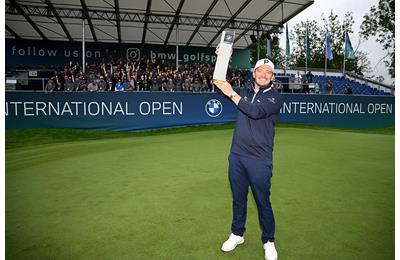LIV Golf 2026 schedule leaked: two brand new events – and two axed
Written by Rob McGarr on Wednesday 2 July 2025
A leaked draft of LIV Golf’s 2026 schedule shows new destinations and unexpected tournaments cut – here’s what you need to know. We’re nine events of the way through LIV Golf’s 14-tournament 2025 schedule – where does the time go, eh? – and already it’s time to look ahead to next year. The 2026 LIV Golf schedule has been revealed by the Sports...



















